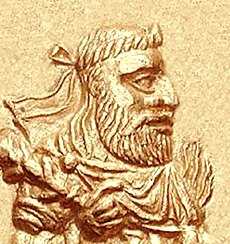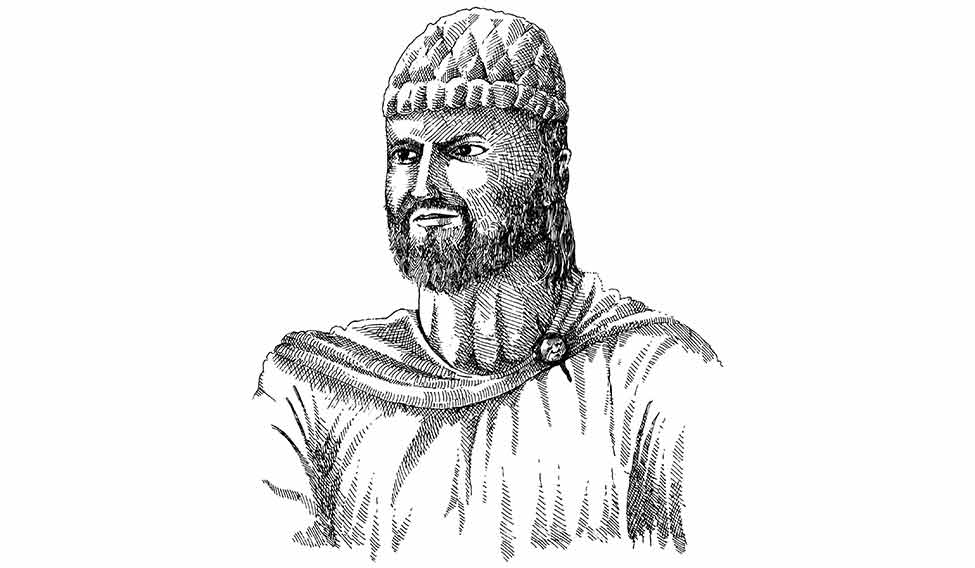
Vima kadphises
Coins
Vima Kadphises was a significant ruler of the Kushan Empire, which flourished in Central Asia and the Indian subcontinent during the 1st and 2nd centuries CE. He ruled approximately from 90 to 127 CE. Here’s a brief overview of his reign: Background: Vima Kadphises is believed to have been the son of Kujula Kadphises, the founder of the Kushan Empire, and he expanded the empire significantly during his reign. Conquests and Expansion: Under Vima Kadphises, the Kushan Empire grew in power and territory, stretching from the borders of modern-day Afghanistan and Pakistan into northern India. He played a critical role in uniting various nomadic groups in the region and consolidating the Kushan Empire. Economic Influence: Vima Kadphises is also known for his significant contributions to the Kushan economy. He is credited with introducing gold coins, which became a major feature of the Kushan monetary system and facilitated trade across the empire. His coins often depicted Greek and Indian gods, reflecting the multicultural nature of the Kushan state.Religious Patronage: Vima Kadphises supported various religious practices, including Buddhism, Zoroastrianism, and Greek-influenced deities. This religious tolerance contributed to the Kushan Empire's diverse and cosmopolitan culture.Legacy: His reign laid the groundwork for the further expansion of the Kushan Empire under his successors, especially Kanishka, who is one of the most famous Kushan rulers.

Vasishka
Coins
Vāsishka (c. 247–267 CE) was a Kushan emperor who ruled during a period of transition for the empire, following Kanishka II. His reign is marked by administrative presence across key regions, including Mathura, Gandhara, and Sanchi, as evidenced by inscriptions dated to years 22 and 28 of a second Kanishka era. Reign Duration: Ruled for approximately 20 years, though some sources note discrepancies in exact dates. Territorial Reach: Controlled parts of northern India and Central Asia, with inscriptions found as far south as Sanchi. Coinage: Issued gold dinars featuring Shiva (Oesho) on the reverse, reflecting continuity in religious iconography from earlier Kushan rulers. Historical Context: Likely governed during a period of gradual fragmentation, preceding the \"Little Kushans\" (270–350 CE) who ruled smaller territories under Gupta suzerainty.
